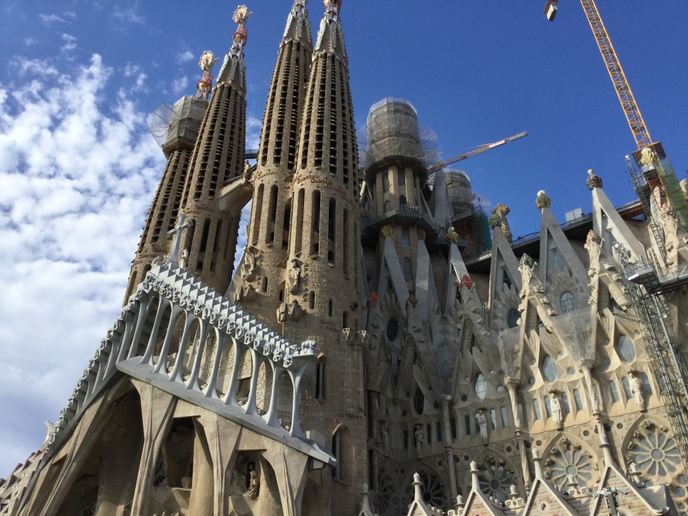Depicting real presence in a sense of place
Real places containing both man made and organic objects are difficult to represent in a virtual environment. Therefore, the BENOGO project developed the Place Probe which permits close to photo realistic 3D real-time visualisation of real and perhaps known places for the observer. This therefore brings new insight to real presence. The visualisation can support the feeling of presence in a real scenario even though it is artificially accessible for visual inspection. The employment of this technique, in combination with advanced versions of augmented reality, can form a broad multilevel interpretation of presence based on a context which is normally unavailable. The empirical studies that were conducted indicated that additional instruments should be included within the probe. One of these is the Visitor's Book which contains written reports with open-ended questions about the individual's experience. Sketch Maps are also included in order to offer information on layout and key location features depicting the aspects of the location that people remember. There is also a section in which participants rate the salient features of the place as well as semantic differentials in which the environment is rated on a scale. Finally, participants are asked to come up with six words best describing their experience of being in a specific place. During the course of the project, it became evident that soundscape was a key factor of a sense of place and thus an extra section was added specifically to cover sound. The overall aim of using the probe was to discover what was lacking from the experience of a virtual environment when compared to its real world counterpart. That is, as an alternative to merely providing a quantitative score for place or presence. This approach, in combination with traditional questionnaire methods should offer advanced insight into the degree of presence that people experience and how their sense of place impacts this.







